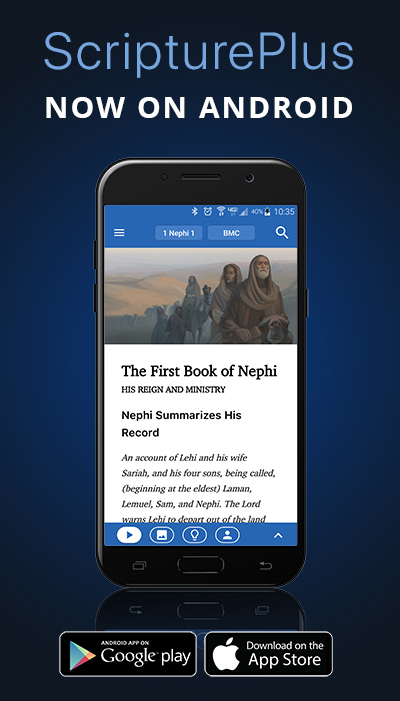/ KnoWhys / KnoWhy #351
Why Does God Sometimes Allow His Saints to Be Martyred?

Post contributed by BMC Team
August 11, 2017
D&C KnoWhy #351
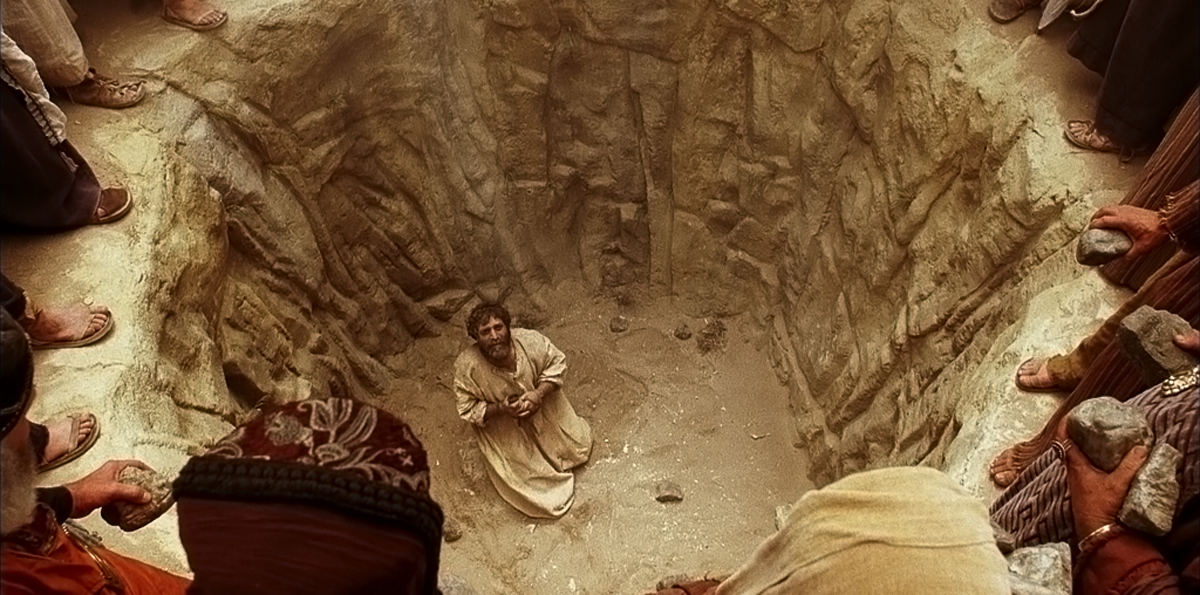
“for behold the Lord receiveth them up unto himself, in glory; and he doth suffer that they may do this thing … that the judgments which he shall exercise upon them in his wrath may be just.”
The Know
On June 27, 1844, an angry mob stormed into Carthage jail and murdered Joseph Smith and his brother Hyrum.1 This event was deeply shocking to the early Latter-day Saints. “In the days, weeks, and months following the martyrdom,” explained Jeffrey Mahas, “the Saints grappled with how to describe their reactions to the deaths.”2 According to historian Richard Bushman, they “scarcely knew how to react to [such] hatred and violence.”3
Joseph and Hyrum themselves, on the other hand, seemed to sense the brutal outcome that awaited them. In their final hours, they sought to understand the purpose of their “imminent martyrdom” by turning to Ether 12:37–38 in the Book of Mormon.4 According to Elder Jeffery R. Holland, “Hyrum turned down the corner of the page from which he had read, marking it as part of the everlasting testimony for which these two brothers were about to die.”5
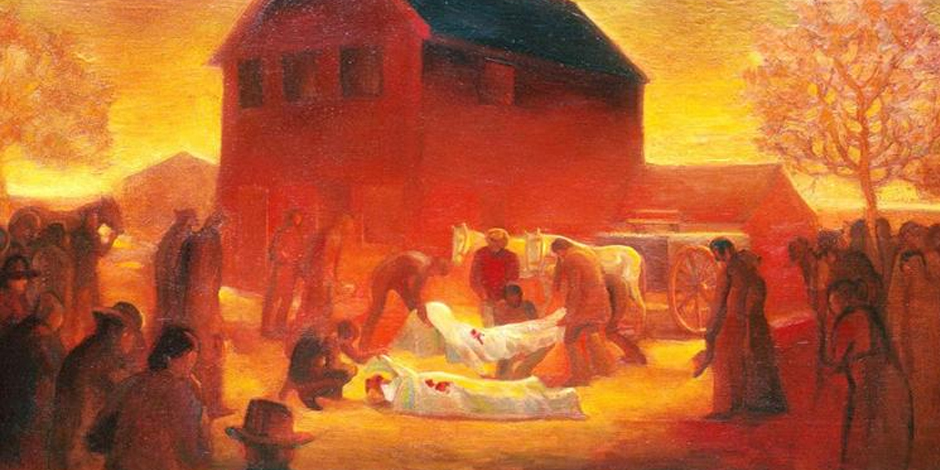
Several stories in the Book of Mormon can help explain why God sometimes allows His righteous followers to suffer martyrdom. Abinadi was the first Nephite prophet, “of whom we have record, to die as a martyr.”6 For preaching the Lord’s message to the people, Abinadi was tortured with burning faggots.7 In his last moments before death, he cursed King Noah and his priests with a fate similar to his own.8 He then declared, “Thus God executeth vengeance upon those that destroy his people” (Mosiah 17:19). Mormon described Abinadi as “having been put to death because he would not deny the commandments of God, having sealed the truth of his words by his death” (v. 20).9
In another story, the Anti-Nephi-Lehies buried their swords as a covenant that they would never “use weapons again for the shedding of man’s blood” (Alma 24:18).10 As part of this covenant ceremony, their king declared that “if our brethren destroy us, behold, we shall go to our God and shall be saved” (v. 16). Tragically, a group of wicked Lamanites did attack, and “without meeting any resistance, they did slay a thousand and five of them” (v. 22). However, because they faced no resistance, their Lamanite aggressors took pity on them and threw down their own weapons of war. In the end, “the people of God were joined that day by more than the number who had been slain” (v. 26).11
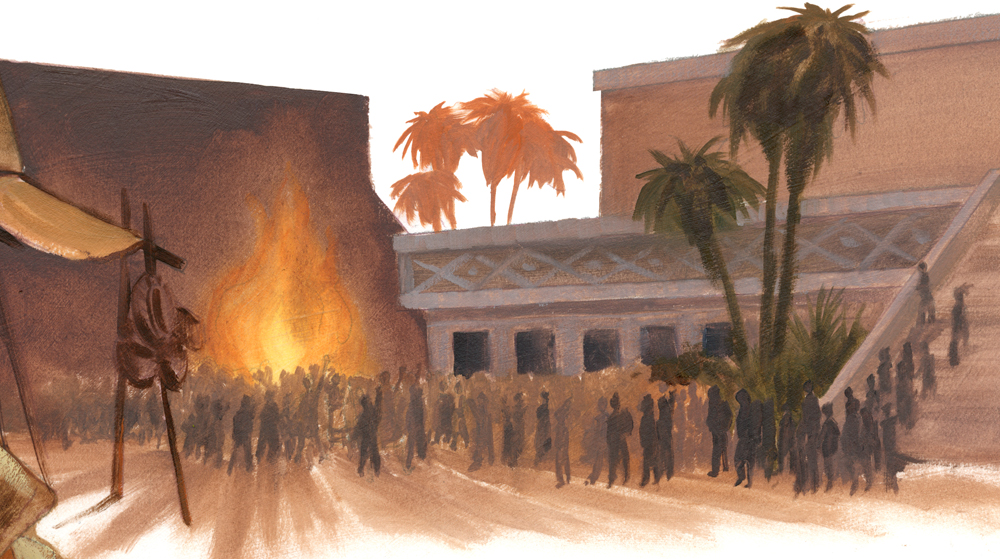
In perhaps the most tragic episode of Book of Mormon martyrdom, the men of Ammonihah, who believed in the teachings of Alma and Amulek, were expelled from their city. Then at “the place of martyrdom” their wives, children, and holy scriptures were cast into a fire (Alma 14:9). “And when Amulek saw the pains of the women and children who were consuming in the fire, he also was pained; and he said unto Alma: How can we witness this awful scene?” (v. 10). Amulek wanted to use the power of God to save the women and children, but Alma declared,
The Spirit constraineth me that I must not stretch forth mine hand; for behold the Lord receiveth them up unto himself, in glory; and he doth suffer that they may do this thing, or that the people may do this thing unto them, according to the hardness of their hearts, that the judgments which he shall exercise upon them in his wrath may be just; and the blood of the innocent shall stand as a witness against them, yea, and cry mightily against them at the last day. (Alma 14:11)12
The Why
In the story of Alma and Amulek, in particular, we are able to see the confusion that so often accompanies the friends and families of those who have been persecuted or slain for their beliefs.13 “How is it possible,” asked Charles Swift, “that [Alma and Amulek] can simply stand there and watch these innocent people die, especially since they are dying because they believed in their words?”14 Alma’s inspired answer: so that (1) God’s judgments may be just and (2) the innocent can stand as witnesses against the wicked.
In each of these Book of Mormon stories, it is stated or implied that Salvation would be given to those who willingly suffered martyrdom for their beliefs.15 It is also apparent that God’s purposes were further accomplished through the courageous actions of these martyrs. Abinadi’s message ended up leading to the establishment of Christ’s church among the Nephites.16 The Anti-Nephi-Lehies helped save more Lamanites than were martyred, and their faithful sons repeatedly helped deliver the people of Nephi during a great war with the Lamanites.17 The ministry of Alma and Amulek led to the complete desolation of Ammonihah, which fulfilled the Lord’s law against apostate cities.18
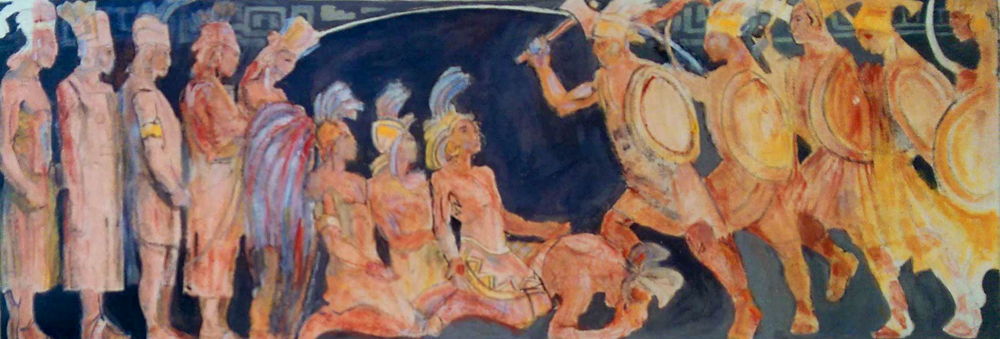
Elder Dallin H. Oaks has explained that “God rarely infringes on the agency of any of His children by intervening against some for the relief of others.”19 If divine intervention were to be the rule instead of the exception, then the agency of mankind would be largely compromised. Instead, God often permits the wicked to act out the desires of their hearts, while at the same time allowing the righteous to show courage and valiancy in the face of pain and persecution.
Unfortunately, instances of religious persecution and even martyrdom are increasing in today’s world.20 As noted by David Marsh, “Modern technology allows us to witness the suffering and death of people all over the world. As we weep over the innocent and the righteous who are caught in destructive and deadly forces of war, violence, and natural disasters, perhaps we can appreciate even more the divine perspective the Lord provides in the Book of Mormon.”21
No other book of scripture so adequately and deeply explains God’s underlying purposes for mortality,22 including the suffering and persecution that help provide “opposition in all things” (2 Nephi 2:11).23 Like Joseph and Hyrum Smith, we too can find comfort, purpose, and understanding in the pages of the Book of Mormon—a book for which they willingly sacrificed their lives.24
Further Reading
Jeffrey Mahas, “Remembering the Martyrdom,” Revelations in Context: The Stories Behind the Sections of the Doctrine and Covenants (Salt Lake City, UT: The Church of Jesus Christ of Latter-day Saints, 2016), online at lds.org.
Charles Swift, “When Less is More: The Reticent Narrator in the Story of Alma and Amulek,” Religious Educator 13, no. 1 (2012): 88–101.
Jeffrey R. Holland, “Safety for the Soul,” Ensign, November 2009, 88–90, online at lds.org.
John W. Welch, Legal Cases in the Book of Mormon (Provo, UT: BYU Press and Neal A. Maxwell Institute for Religious Scholarship, 2008), 237–271.
1. Joseph I. Bentley, “Martyrdom of Joseph and Hyrum Smith,” in Encyclopedia of Mormonism, ed. Daniel H. Ludlow (New York, NY: Macmillan, 1992), 1:860–862.
2. Jeffrey Mahas, “Remembering the Martyrdom,” Revelations in Context: The Stories Behind the Sections of the Doctrine and Covenants (Salt Lake City, UT: The Church of Jesus Christ of Latter-day Saints, 2016), online at lds.org.
3. Richard Lyman Bushman, Joseph Smith: Rough Stone Rolling (New York, NY: Knopf, 2005), 553.
4. Jeffrey R. Holland, “Safety for the Soul,” Ensign, November 2009, 88, online at lds.org.
5. Holland, “Safety for the Soul,” 89.
6. Robert J. Matthews, “Abinadi: The Prophet and Martyr,” in Mosiah, Salvation Only Through Christ, ed. Monte S. Nyman and Charles D. Tate, Book of Mormon Symposium Series, Volume 5 (Provo, UT: Religious Studies Center, Brigham Young University, 1991), 91.
7. See Book of Mormon Central, “Why Was Abinadi Scourged with Faggots?(Mosiah 17:13),” KnoWhy 96 (May 10, 2016); Book of Mormon Central, “Why Did Abinadi Talk about the Suffering Messiah? (Mosiah 14:4),” KnoWhy 91 (May 3, 2016).
8. John A. Tvedtnes, “Notes and Communications: ‘As a Garment in a Hot Furnace’,” Journal of Book of Mormon Studies 6, no. 1 (1997): 76–79; Mark J. Morrise, “Simile Curses in the Ancient Near East, Old Testament, and Book of Mormon,” Journal of Book of Mormon Studies 2, no. 1 (1993): 124–138; Donald W. Parry, “Hebraisms and Other Ancient Peculiarities in the Book of Mormon,” in Echoes and Evidences of the Book of Mormon, ed. Donald W. Parry, Daniel C. Peterson, and John W. Welch (Provo, UT: FARMS, 2002), 156–159.
9. Matthews, “Abinadi: The Prophet and Martyr,” 91–111.
10. See Book of Mormon Central, “What Is the Symbolism of the Stained Swords of the Anti-Nephi-Lehies? (Alma 24:12),” KnoWhy 132 (June 29, 2016).
11. There is a second massacre of the people of Ammon in Alma 27:1–4. For a deeper discussion of the people of Ammon and their covenant to not take up arms, see Duane Boyce, “The Ammonites Were Not Pacifists,” Interpreter: A Journal of Mormon Scripture 20 (2016): 293–313; Duane Boyce, “Were the Ammonites Pacifists?” Journal of Book of Mormon and Other Restoration Scripture 18, no. 1 (2009): 32–47.
12. For a treatment of this story in an ancient legal context, see John W. Welch, Legal Cases in the Book of Mormon (Provo, UT: BYU Press and Neal A. Maxwell Institute for Religious Scholarship, 2008), 260–263.
13. In this case, it seems quite possible that Amulek and Alma had to watch Amulek’s own family members suffer death by fire. See Charles Swift, “When Less is More: The Reticent Narrator in the Story of Alma and Amulek,” Religious Educator 13, no. 1 (2012): 97; John W. Welch, Legal Cases, 263.
14. Charles Swift, “When Less is More,” 97.
15. See Mosiah 13:9; Alma 24:26; Alma 14:11. See also 3 Nephi 12:10–12; cf. Matthew 5:10–12. After reading about the early Christian martyrs from Fox’s Book of the Martyrs, Joseph Smith related that he had in vision seen that “they were honest, devoted followers of Christ, according to the light they possessed, and they [also] will be saved.” Edward Stevenson, Reminiscences of Joseph, the Prophet, (Salt Lake City, UT: published by the author, 1893), 6.
16. Rodney Turner, “The Three Nephite Churches of Christ,” in The Keystone Scripture, ed. Paul R. Cheesman, Book of Mormon Symposium Series, Volume 1 (Provo, UT: Religious Studies Center, Brigham Young University, 1988), 105–110.
17. See Richard G. Scott, “Personal Strength through the Atonement of Christ,” Ensign, November 2013, 82–84, online at lds.org.
18. See Book of Mormon Central, “Why Was the City of Ammonihah Destroyed and Left Desolate? (Alma 16:9–11),” KnoWhy 123 (June 16, 2016).
19. Dallin H. Oaks, “Opposition in All Things,” Ensign, May 2016, 117, online at lds.org.
20. See “Nearly all Muslims, Jews, Hindus live in Countries Where Their Group Was Harassed in 2015,” Pew Research Center: Religion and Public Life, April 11, 2017, accessed June 9, 2007, online at pewforum.org. Moroni prophesied that the Book of Mormon would “come in a day when the blood of saints shall cry unto the Lord, because of secret combinations and the works of darkness” (Mormon 8:27). See also Doctrine and Covenants 87:7.
21.David Brent Marsh, “Peace Through Christ: The Book of Mormon’s Divine Perspective on War,” in The Fulness of the Gospel: Foundational Teachings from the Book of Mormon, 2nd edition (Provo, UT: Religious Studies Center, Brigham Young University, 2003), 257.
22.See Book of Mormon Central, “Where Can You Best Learn about God’s Plan of Salvation? (Alma 24:14),” KnoWhy 272 (February 18, 2017).
23.See Book of Mormon Central, “Why Did Lehi Teach about the Two Ways? (2 Nephi 2:27),” KnoWhy (March 14, 2017).
24.For the Lord’s own explanation regarding the purposes of Joseph and Hyrum’s martyrdom, see Doctrine and Covenants 136:35–42. See also, Book of Mormon Central, “What Does It Mean to Be a Martyr? (Ether 12:37),” KnoWhy 1 (January 1, 2016); Anthony D. Perkins, “The Path to Martyrdom: The Ultimate Witness,” Ensign, August 2009, 52–57, online at lds.org.

